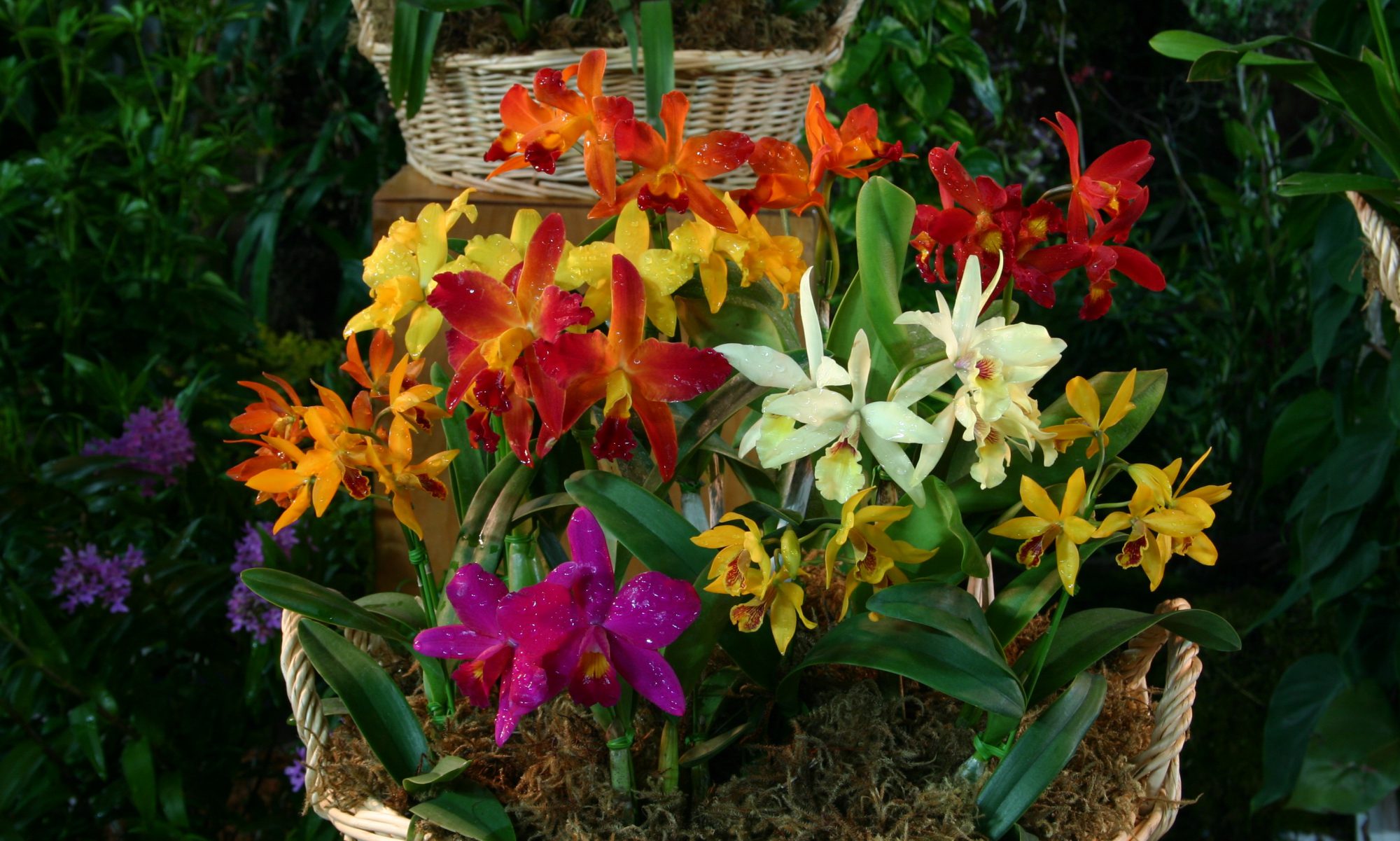New Paphiopedilum hybrids with one or more parents from the subgenus Parvisepalum have been increasing in number steadily since the 1990’s, such that today they have become common in slipper orchid collections. Until fairly recently relatively few complex hybrids have been made with members from this subgenus, however that has been changing year by year. This article focuses on three complex Paph hybrids that include the green flowered species Paphiopedilum malipoense.
The primary hybrid between P. malipoense and P. armeniacum was registered under the name P. Norito Hasegawa 20 years ago, just six years after P. malipoense had been described in 1984. The late 80’s was a time when thousands of P. armeniacum, P. micranthum, and to a lesser extent P. malipoense were

collected and exported out their native China to flower markets around the world. P. Norito Hasegawa in turn was one of the first Parvisepalum hybrids used to make the first complex Parvisepalum hybrids.
Back in November 2004 I met Norito Hasegawa at the Orchid Expo in Fukuoka City, Japan. He of course is the famous Paph breeder that the above mentioned primary cross was named after. Being an amicable guy, he managed to talk me into buying a couple strong sub-adult plants – the first string of new hybrids he made using P. Norito Hasegawa as a parent plant. I have grown and flowered them ever since.
The first cross is P. Norito Hasegawa x P. malipoense fma. ‘album’. The ‘alba’ form of P. malipoense isn’t exactly white, in fact it is pure light green with none of the typical burgundy markings found normally on that flower – not even the staminode has a touch of it. As might be expected the cross of this plant looks much like a pure P. malipoense flower, but it is a bit more yellow as it ages – an effect of the P. armeniacum blood. None of the light coloration of the ‘alba’ parent was preserved. While this hybrid is not remarkably different then P. Norito Hasegawa itself, it is nonetheless a lovely flower.

The other plant I bought from Norito was P. Armeni White x P. Norito Hasegawa. Having a double shot of P. armeniacum, it is not surprising that the flower is quite yellow in overall color, and yet retains a green cast as well. My plant’s flower has a lovely round shape and the lip is very broad and vertically compressed. It also has lots of burgundy spots on the interior of the lip that show through in the sunshine as well as spotting on the petals. All of these attributes are from P. malipoense. The staminode is very large and is a muddy red color throughout – more like P. armeniacum.

The last of the three was bought as P. Fanaticum, the primary hybrid between P. micranthum and P. malipoense, but upon flowering it was obvious that some other blood was in there. After grousing about it for a while and asking some experts on the Slippertalk forum, it was tentatively determined that the plant was perhaps P. Ranfan Quartet, the cross between two primary Parvisepalum hybrids, P. Lola Bird (P. emersonii x P. micranthum) and P. Norito Hasegawa. I never got the name of the guy I bought it from, so I couldn’t find out how other plants from this lot turned out.
It is possible that the plant is in fact a very pale clone of P. Fanaticum, but it seems unlikely. Actually, I love its pure white lip and lovely yellow staminode. Most P. Ranfan Quartet clones show a lot of burgundy barring in the petals and dorsal sepal (an artifact of P. micranthum), but my plant has just a few small spots. The petals are nearly white with a hint of green while the dorsal has a light green cast throughout. It is a lovely flower in my opinion.

All have been fairly easy to grow, but flowering them is another issue. I don’t get flowers every year, but they are consistent growers that require no special pampering. I have found them to be very cold tolerant, taking down to near freezing temperatures in winter without missing a beat. P. Ranfan Quartet has a tendency to grow long stolons between growths, a trait typical of both P. armeniacum and P. micranthum.

The future of Parvisepalum Paph hybridization is an exciting area of exploration. In particular P. hangianum has great promise in producing superior, large flowered plants. If I only had more space I’d be part of the quest of producing that huge, perfect Parvi flower. For now I’ll have to be content with my handful of plants. Believe me, I’m not complaining.
